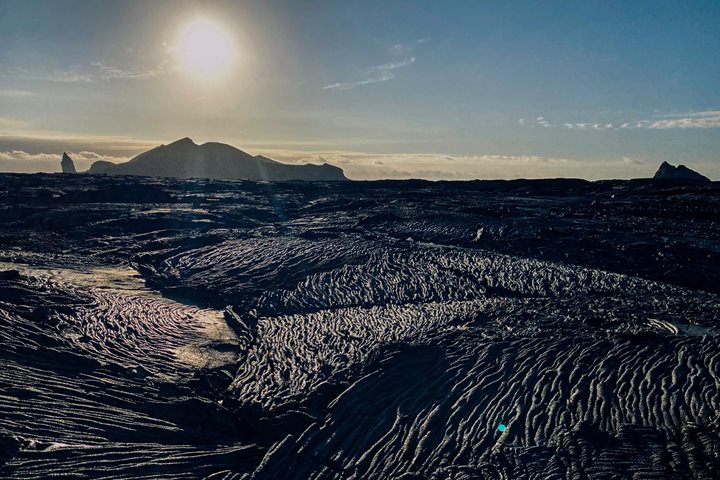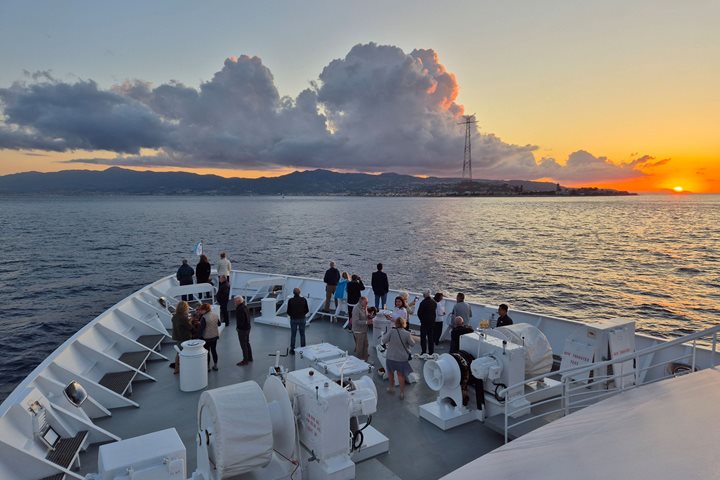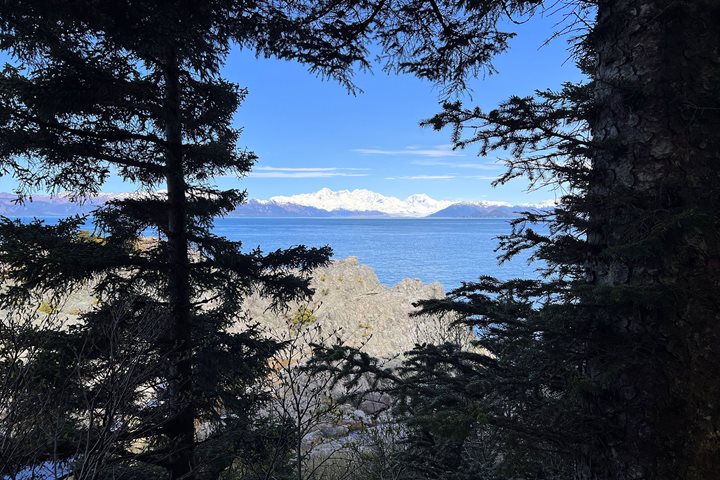Palouse River, Washington
Columbia and Snake Rivers Journey, September 24, 2022
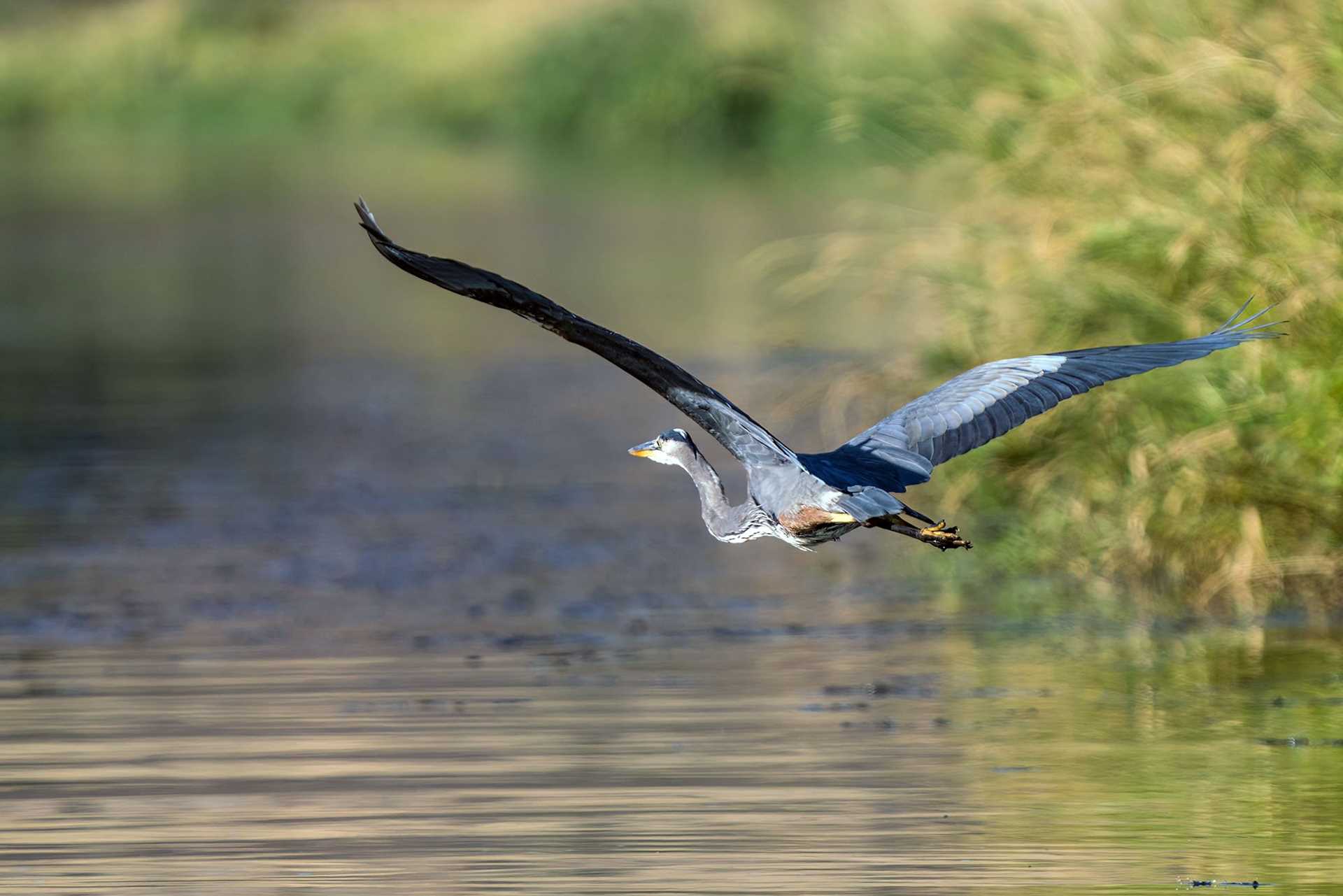
Great blue heron. The river’s vibrant ecosystem was on full display, and we observed hawks, falcons, harriers, kingfishers, herons, and an assortment of waterfowl. —Mike Rigney, Naturalist/Certified Photo Instructor
North Seymour Island, Galápagos
Wild Galápagos Escape, September 27, 2022
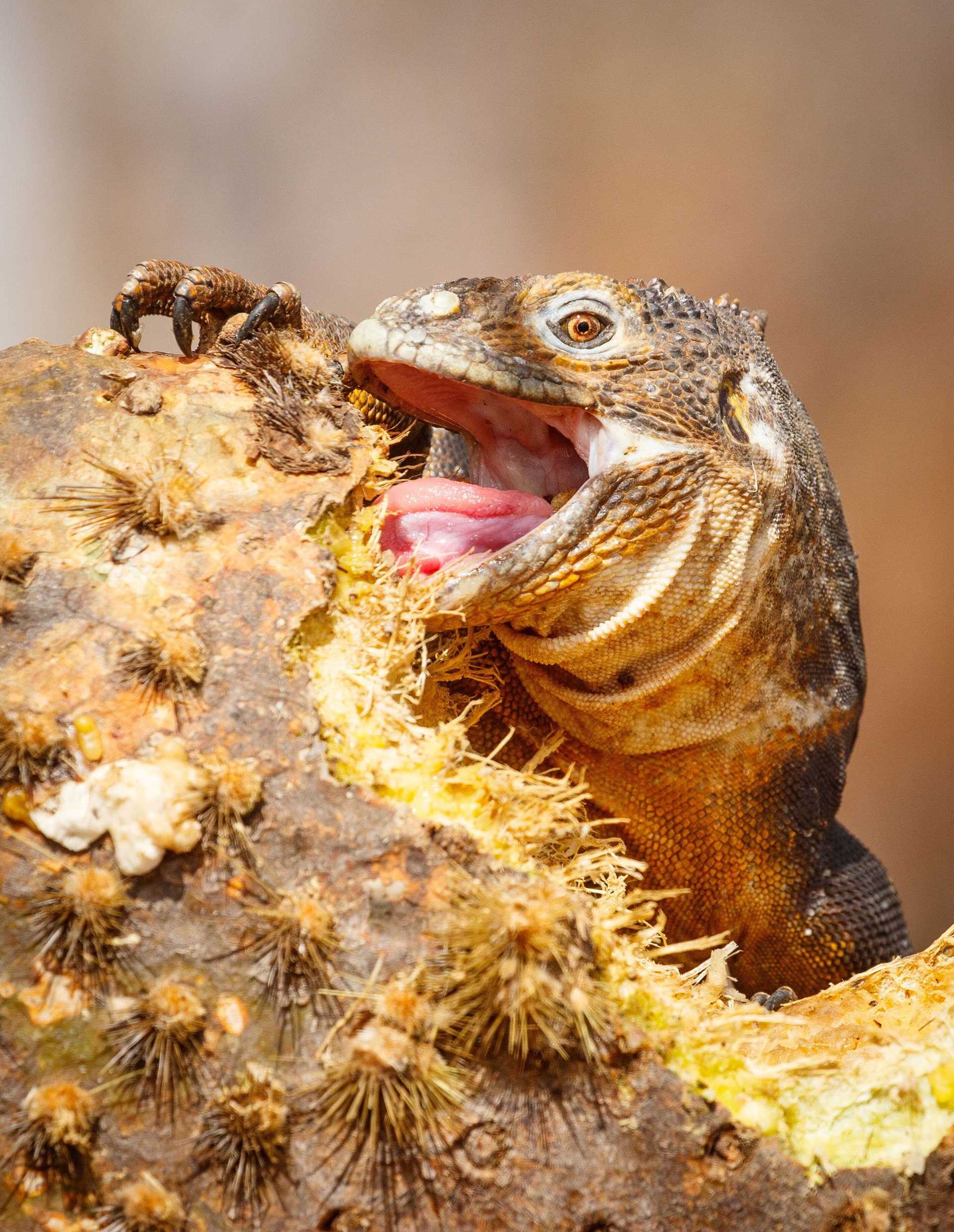
After breakfast, we made a dry landing onto North Seymour to explore some of the breeding sites for seabirds on the island. As we walked farther into the island, we encountered a few blue-footed boobies nesting, magnificent frigatebirds, and Galapagos land iguanas. We spotted a few land iguanas feeding on prickly pear cacti, while others rested under the shade of bushes. —Jonathan Aguas, Naturalist/Certified Photo Instructor
Puerto Ayora, Galápagos
Galápagos Aboard National Geographic Endeavour II, September 29, 2022
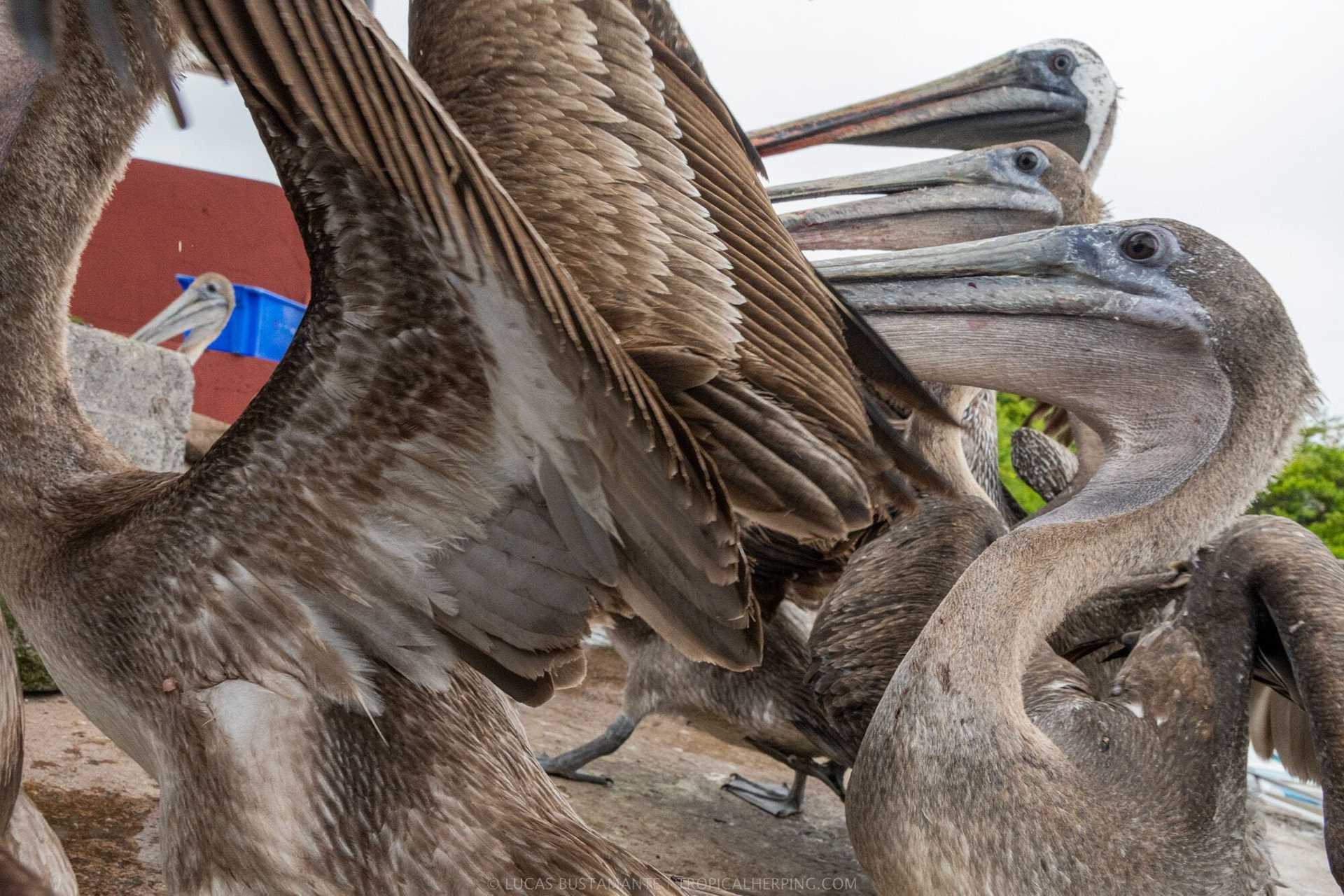
A group of pelicans fight for a fish at the fish market in Santa Cruz. —Rich Reid, National Geographic Photography Expert (photo by Lucas Bustamante)
Romer Fjord, Greenland
Iceland's Wild West Coast to East Greenland, September 30, 2022
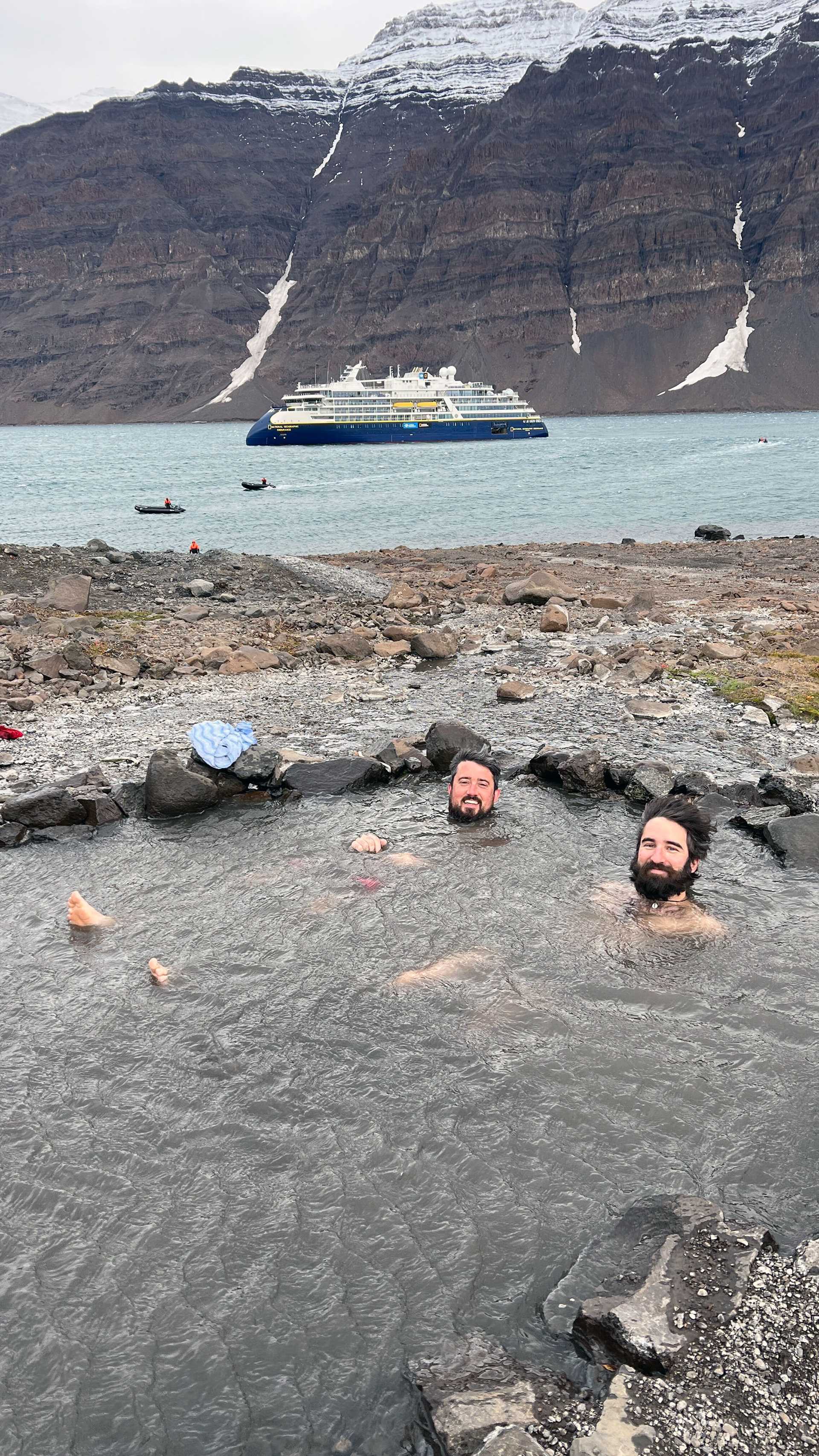
We decided to attempt our last landing in East Greenland by visiting the hot spring pool on the beach. After scouting the beach for bears, we disembarked guests on a windy and wet ride to shore. Most people came ashore to take advantage of the rare opportunity to bathe in Greenlandic hot springs. —Jim Wilson, Naturalist
Santiago Island, Galápagos
Wild Galápagos Escape, September 29, 2022
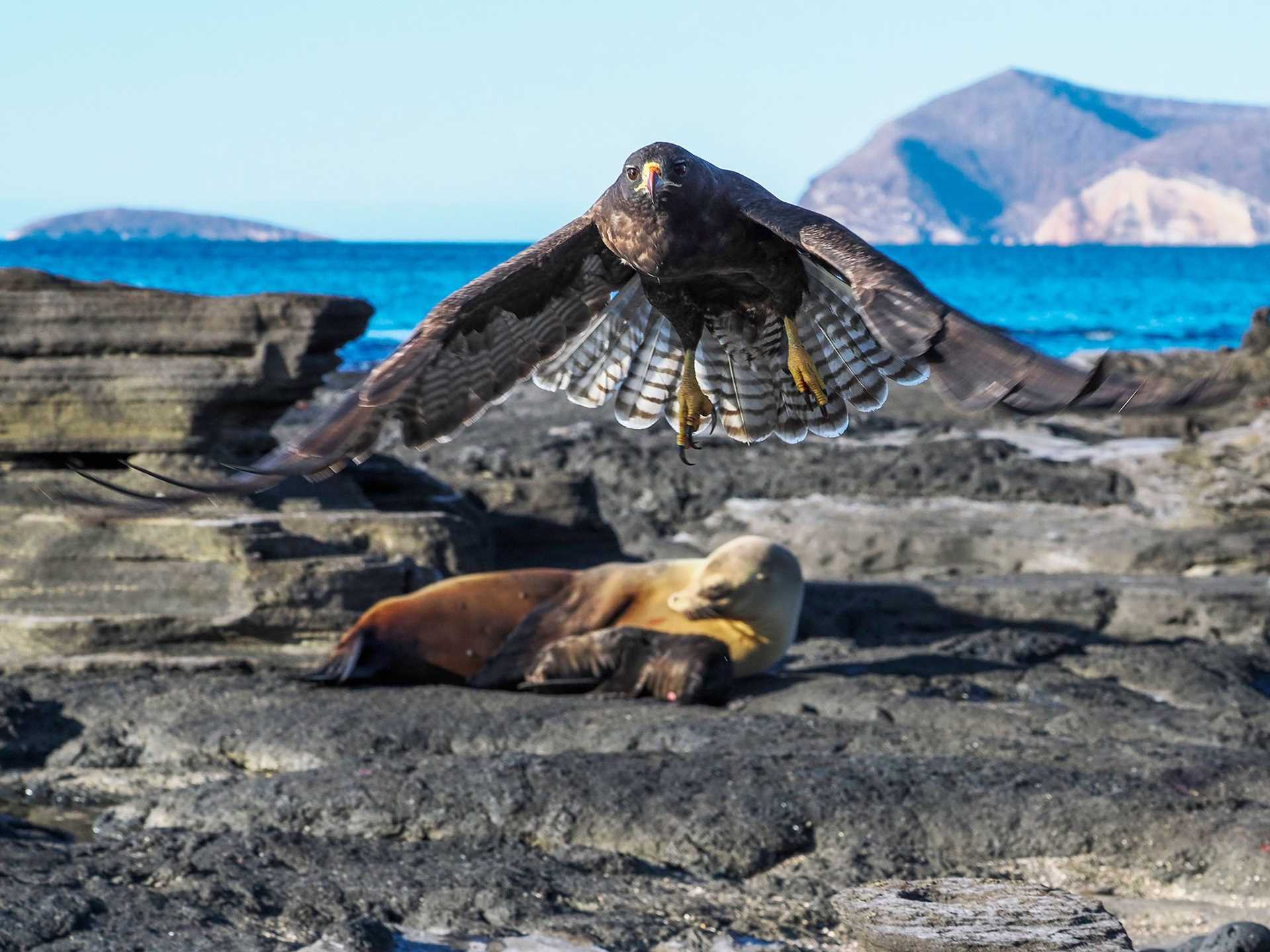
Galapagos hawk seen flying away from a recently born sea lion. —Socrates Tomala, Naturalist/Certified Photo Instructor (photo by Ramiro Adrian)
Georgetown, Guyana
Wild South America: Trinidad, Guyana, and Brazil, September 30, 2022
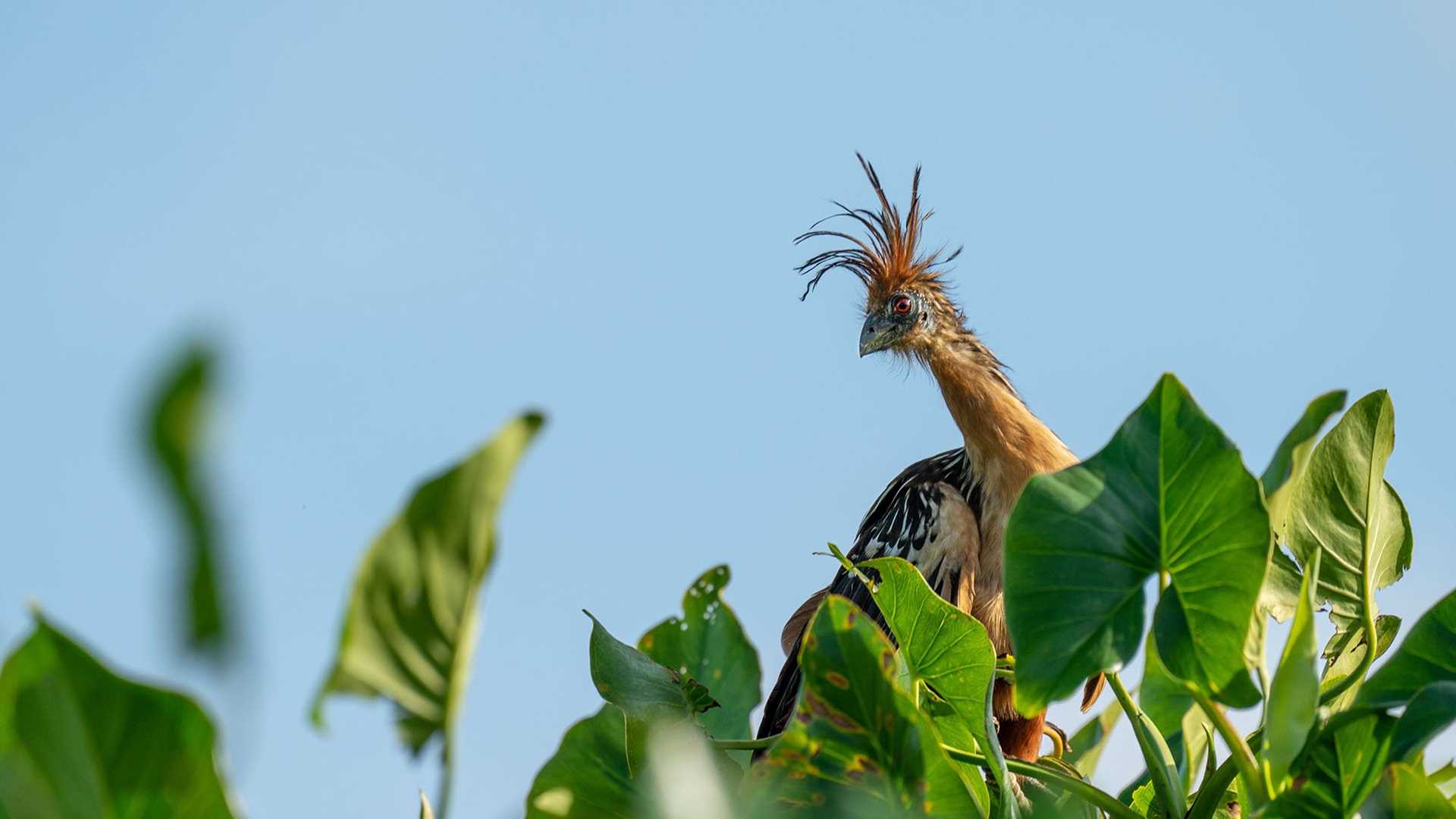
Today we split up into two groups for our tours, with the really early group heading off to the Mahaica River at 5:00 a.m. Given that it was a birding tour on the river, it made sense to avoid the worst heat of the day and also see more birds in the early morning. It certainly worked, as guests saw a variety of birds and also some howler monkeys and river otters. The birds included the National Bird of Guyana, the hoatzin. —Sue Forbes, Naturalist/Certified Photo Instructor (photo by Javier Cotin)
Española Island, Galápagos
Galápagos Aboard National Geographic Endeavour II, October 2, 2022
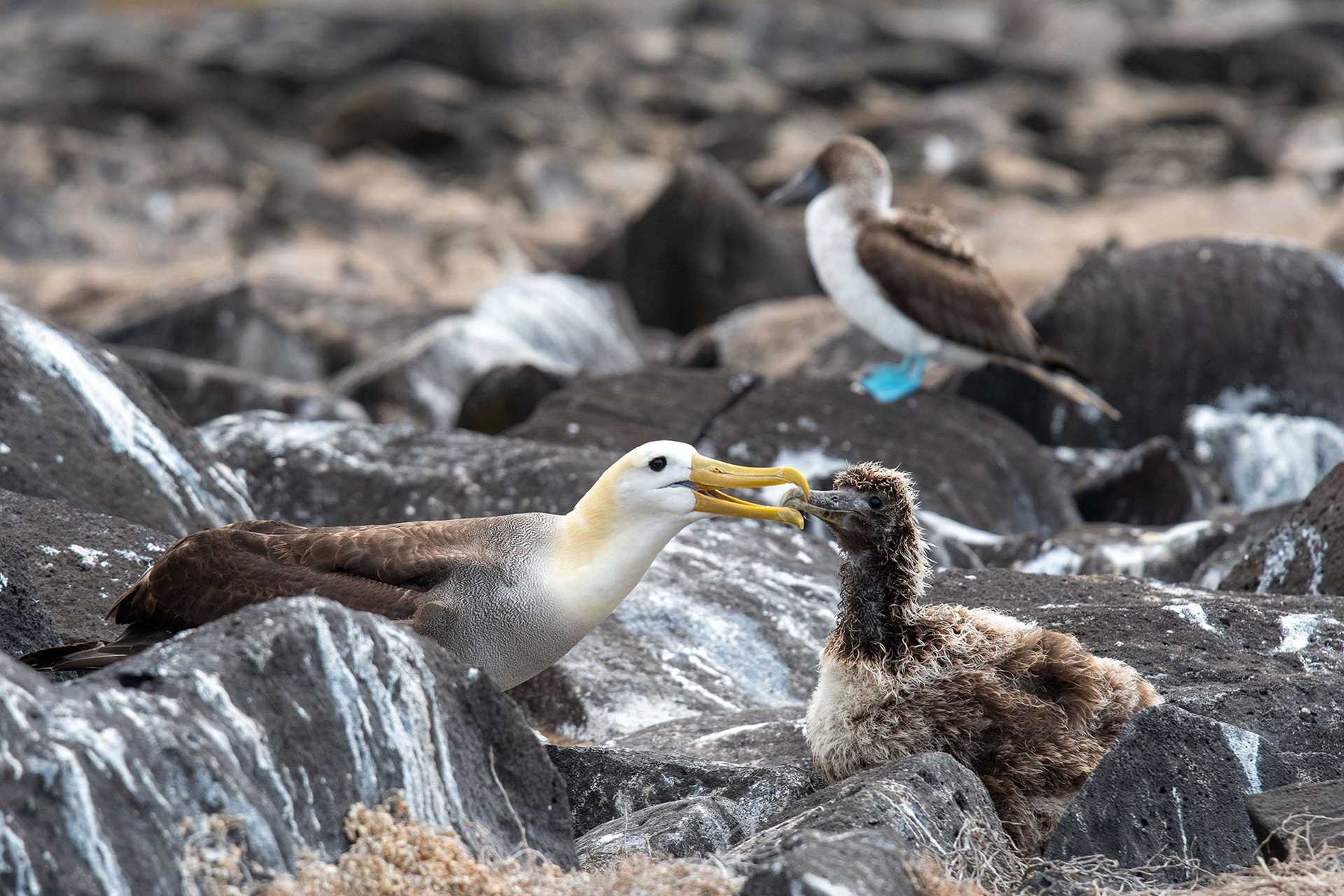
A waved albatross feeding its chick at Española Island, the only island in the Galapagos where waved albatrosses nest. —Anahí Concari, Naturalist
Devil’s Island, French Guiana
Wild South America: Trinidad, Guyana, and Brazil, October 2, 2022
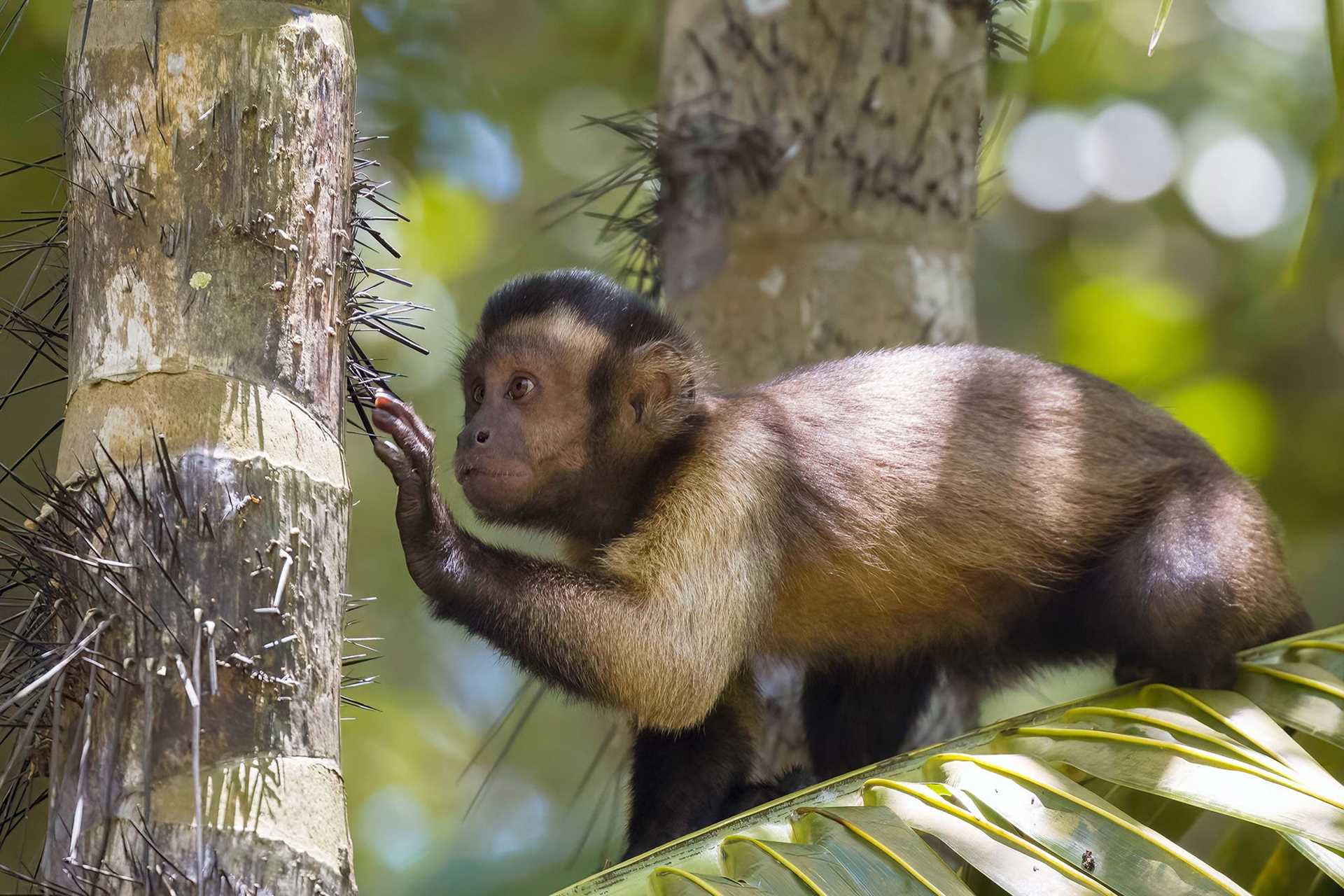
We went ashore on the larger of the three islands, Ile Royale, and had a great time learning about the island’s history and watching birds. We observed red-rumped agoutis, green sea turtles, and numerous capuchin monkeys. Considered by many to be the most intelligent of the New World primates, brown capuchins are capable of using tools. We watched several individuals as they peeled back the fibrous outer layer of a coconut with their teeth to expose the hard-shelled core before smashing it against large tree branches to crack it. Their antics delighted everyone and greatly entertained us. —Carlos Navarro, Undersea Specialist
Floreana Island, Galápagos
Wild Galápagos Escape, October 2, 2022
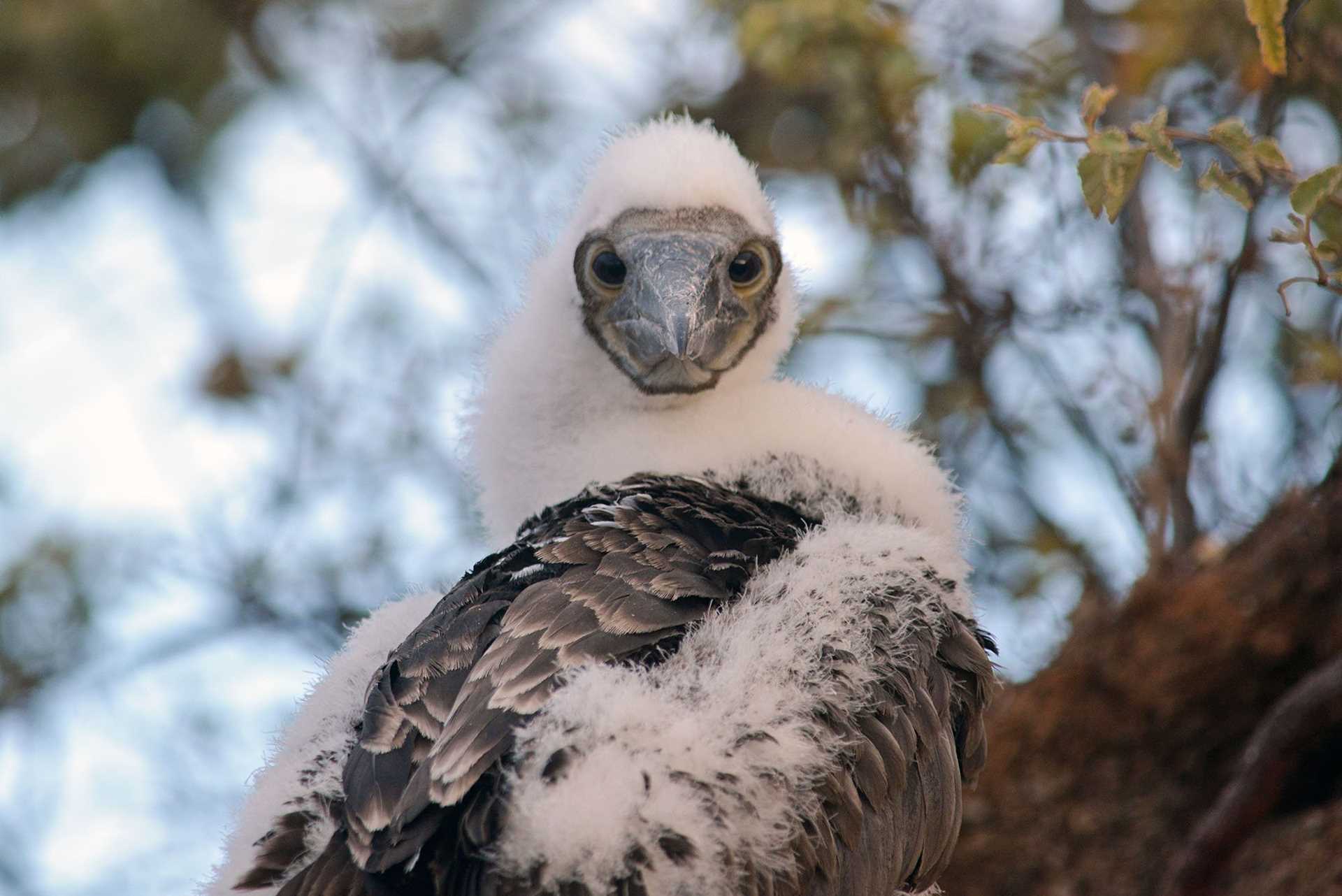
Blue-footed booby watching us. —Paul Vergara, Naturalist
Floreana Island, Galápagos
Galápagos Aboard National Geographic Endeavour II, October 3, 2022
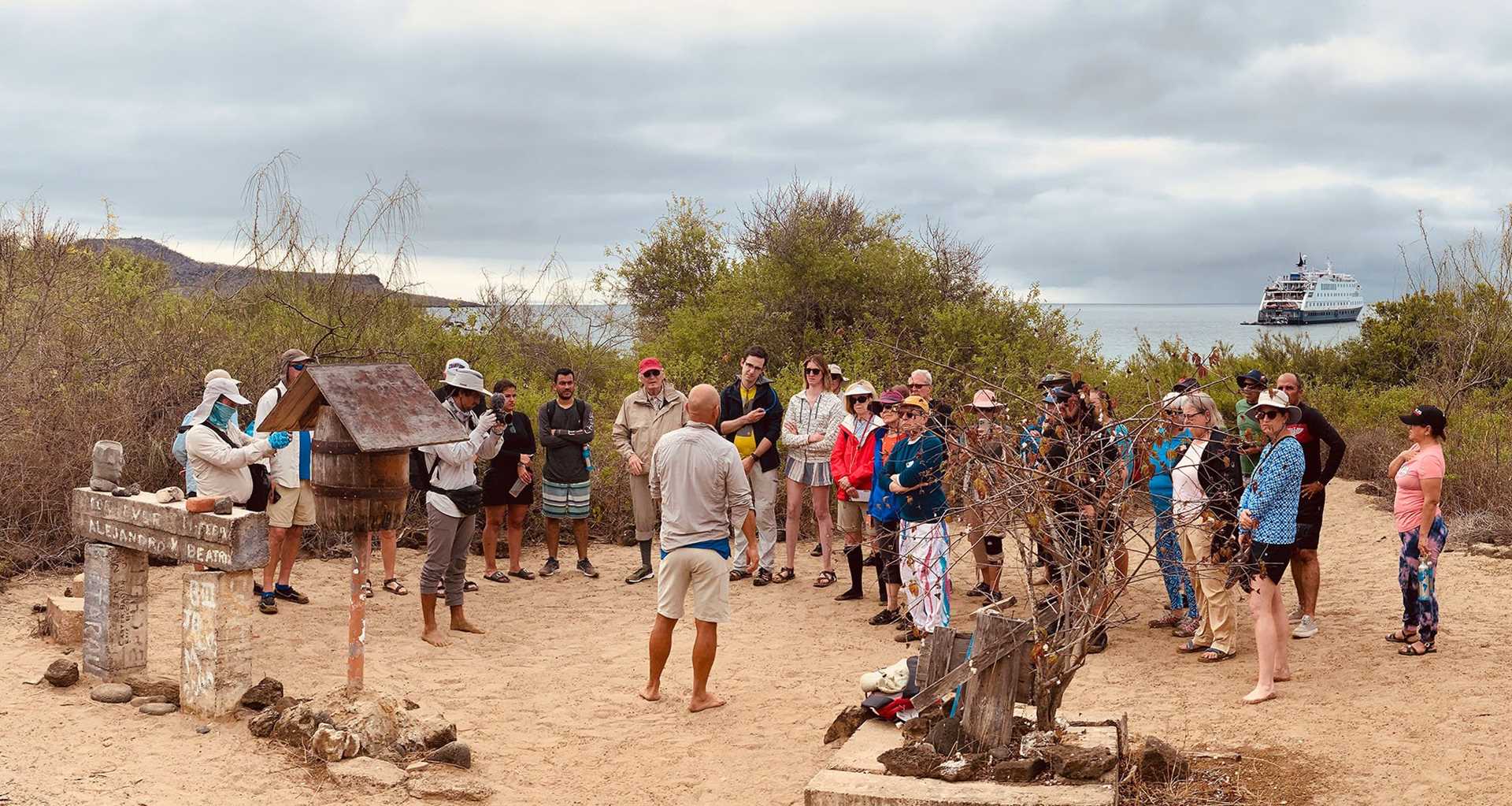
Panoramic of Post Office Bay. In the afternoon, our guests landed at Post Office Bay to learn about the human history of the Galapagos Islands. Post Office Bay was established at the end of the 1700s by English whalers as a way to communicate with their loved ones back home or with other whaling boats in the area. During today’s visit, we kept the tradition going as some of our guests collected and dropped off postcards with no stamps. The ones collected will be hand delivered, and the ones left behind will sit there until somebody decides to take them. —Salvador Cazar, Naturalist


